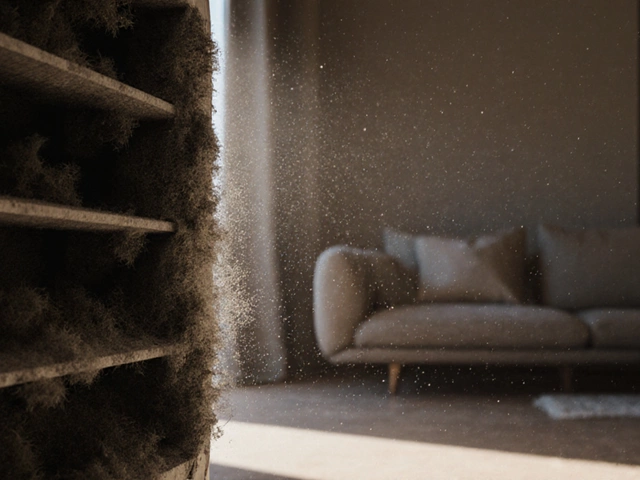
Vehicle Repair: Common Issues, Signs, and What You Need to Know
When your vehicle repair, the process of diagnosing and fixing mechanical problems in a car to restore safety and performance. Also known as automotive repair, it's not just about swapping parts—it's about understanding why something failed in the first place. Most people wait until their car makes a weird noise or won’t start, but the best repairs happen before the breakdown. Think about your clutch, the component that connects your engine to the transmission, allowing smooth gear shifts. If it’s slipping, grinding, or feeling spongy, you’re not just dealing with a worn-out part—you’re risking a total failure that can leave you stranded. Clutch kits don’t just wear out from age; they die from bad habits like riding the pedal or clutch-kicking. And when it goes, replacement isn’t cheap—labor alone can take half a day.
Then there’s your suspension, the system that absorbs road shocks and keeps your tires in contact with the surface. A bad suspension doesn’t just make your ride bumpy. It changes how your car brakes, turns, and even wears out your tires faster. That clunking noise when you hit a bump? It’s not just annoying—it’s a sign your shocks, struts, or control arms are done. And if you ignore it, you’re not just risking comfort—you’re risking control. Same goes for brake pads, the friction material that presses against rotors to stop your car. Squealing? Thinning? Longer stopping distance? These aren’t vague warnings—they’re red flags. Replacing them early saves you from rotor damage, which costs three times as much.
And let’s not forget the radiator, the core component of your engine’s cooling system that prevents overheating. Even electric cars have them. A clogged or leaking radiator doesn’t just cause overheating—it can melt your engine from the inside. Modern radiators are smaller and smarter, but they’re not immune to dirt, rust, or coolant neglect. Skipping a simple flush? That’s how you end up with a $5,000 engine rebuild.
Vehicle repair isn’t magic. It’s pattern recognition. You don’t need to be a mechanic to spot the signs—you just need to know what to listen for, feel for, and look for. The posts below break down real-world problems you’re likely to face: from clutch noise to brake pad costs, from suspension sounds to radiator myths. No fluff. No theory. Just what’s actually happening under your hood, why it matters, and what to do next.
-
6 Apr

-
19 Mar

Replacing a Clutch: What You Should Change Too
Replacing a clutch involves more than just swapping out old for new. To ensure your vehicle runs smoothly, there are other crucial parts to consider changing. From the flywheel to the release bearing, knowing what else to replace can save you time and money in the long run. Discover the components that usually need attention during a clutch replacement.





